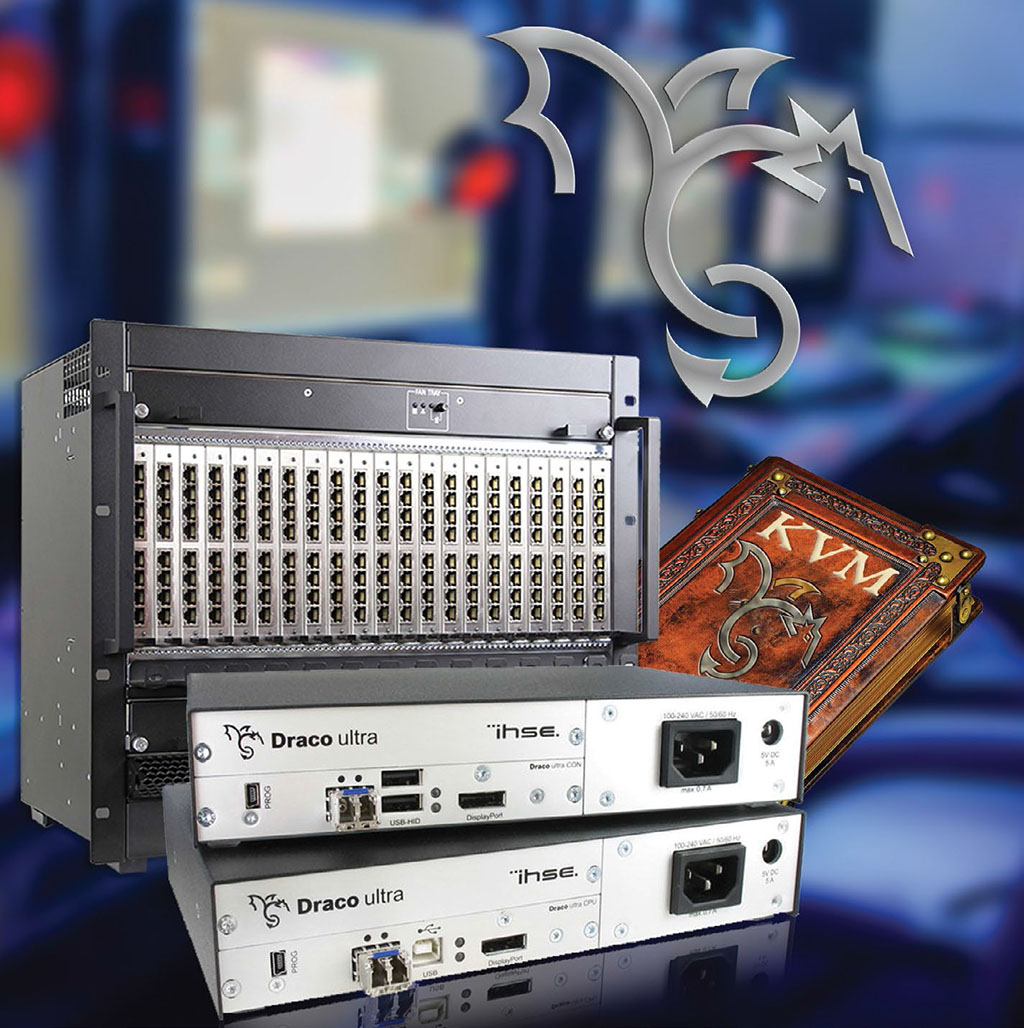IHSE KVM a Win for Riot Games’ Esports Broadcasts
LOS ANGELES—In 2009, Riot Games released its debut title, “League of Legends” to worldwide acclaim. Since then, it has become the most played PC game in the world and a key driver of the explosive growth of esports. Today, Riot Games continues to help grow esports by producing tournaments around the world. Tournaments take place in North America, Europe and Asia and are broadcast primarily on Twitch, YouTube, our own LoL Esports page and an ESPN subsidiary.

Whether it’s a roadshow in the U.S., a tournament in Asia or a weekly match Academy League (which is akin to Minor League Baseball) from our Los Angeles arena, Riot Games supports these esports broadcasts. While every region has its own engineers for its shows, a central team based in L.A. designs and manages broadcasts for most of the big international events as well as the shows around North America and beyond the studio.
A CONNECTED PRODUCTION
The Riot Games facility in L.A. was built around IHSE’s KVM platform for on-air control. We have a technical operations center, two control rooms, two audio controls, machine room, large analyst-desk studio with a couple of sets and the arena studio. For remote shows, we use one of our control rooms to produce the world feed, and then all the other regions build their shows on top of that.
We use a 64-port IHSE Draco KVM matrix and Draco extenders, which allow us to connect the machines in our machine room to workstations in control rooms and elsewhere throughout the facility. That means we can keep our machines in a climate-controlled environment where they won’t overheat and still get video, audio and control to wherever it’s needed. The count is constantly changing, but we usually hover around 50 to 60 computers and user stations connected at any time—so we’re always pushing that matrix to its limit.
I’ve always preferred IHSE KVM because it’s really easy to manage and deploy. We can add a new computer and have it running on the KVM matrix in 10 minutes or less. For the users, it feels like the computer is directly attached to their workstation; they don’t notice it’s hundreds of feet away. Some other KVM systems don’t offer such a seamless experience.
ADAPTING TO OUR NEEDS
IHSE’s ease of deployment is especially helpful for roadshows because we’re always on a very tight schedule. We have a second matrix we sometimes take on the road with us, but we usually don’t need to do that because IHSE extenders can operate without the matrix. It’s very easy to deploy all of our machines on the road because they can travel in a road case all racked up with the KVM extenders. We just run a few Cat 5 cables to plug the extenders into and we’re off. Then, when the kit rolls back home, we just plug the extenders right back into our matrix.
This dual-purpose functionality is another great benefit of the IHSE system. We get more for our investment, and we can travel with a much lighter kit and fewer people.
The IHSE system is also flexible and easy to expand. For example, most of our systems use twisted-pair Cat 5 cables, but we recently implemented a couple fiber extenders for our on-air commentators, whose stations now have telestration that can’t operate over Cat 5 at that distance.
As for support, I couldn’t imagine a better working relationship than I have with IHSE. If I want to extend the system over fiber and don’t know which products I need, I can get an answer within an hour to take to purchasing. On the very rare occasions we’ve needed tech support, we got an immediate solution. Generally, though, the IHSE system just keeps working exactly as it’s supposed to.
Kris Johnson is a broadcast engineer for Riot Games, an American video game developer and esports tournament organizer based in West Los Angeles, Calif. He can be reached atkris.johnson@riotgames.com.
For more information, please visitihse.comor call 732-738-8780.
Get the TV Tech Newsletter
The professional video industry's #1 source for news, trends and product and tech information. Sign up below.
